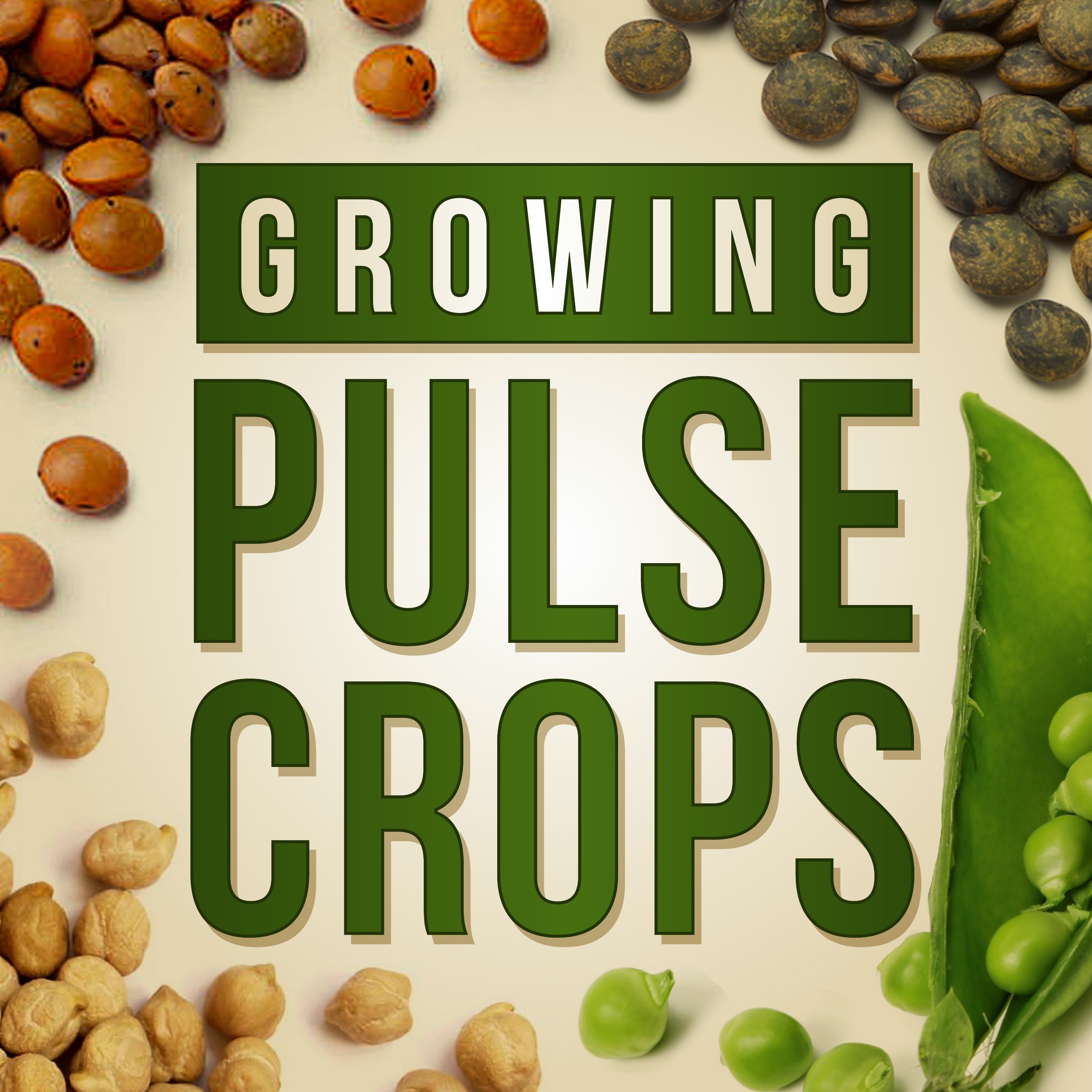Seeding Rate and Fertility Research for Lentil and Peas With Chris Holzapfel of IHARF
Chris Holzapfel is the research manager at the Indian Head Agricultural Research Foundation (IHARF). IHARF is a producer-led not-for-profit organization based in Indian Head, Saskatchewan. Their mandate is to provide extension type work for agricultural research and demonstration, including a lot of work with pulse crops. Holzapfel started in his role at IHARF in 2005 and over the years they've grown to now conducting 40 to 50 small plot trials as well as some field scale research on crops relevant to the area.
He shares some of the research they’ve done with seeding rates, fertility and with supplementing phosphorus in particular.
“ Phosphorus is, without a doubt, by a large margin, the most important nutrient to manage. That's the one that we've gotten the most consistent responses to in our work…You know with phosphorus you're almost fertilizing the soil as much as you are the plants.” - Chris Holzapfel
This Week on Growing Pulse Crops:
- Meet Chris Holzapfel, the research manager at the Indian Head Agricultural Research Foundation (IHARF)
- Discover the soil and weather particulars of the Saskatchewan region
- Explore the research being done to evaluate different seeding rates and their impact on competing with different weed populations
- Learn about the potential benefits of a phosphorus supplement and how to evaluate its benefit on your operation
- Read more about IHARF at their website
Growing Pulse Crops is produced by Dr. Audrey Kalil and hosted by Tim Hammerich of the Future of Agriculture Podcast.

